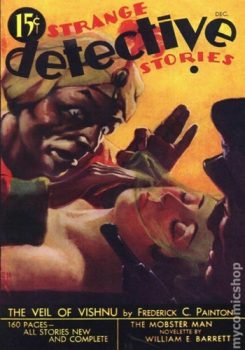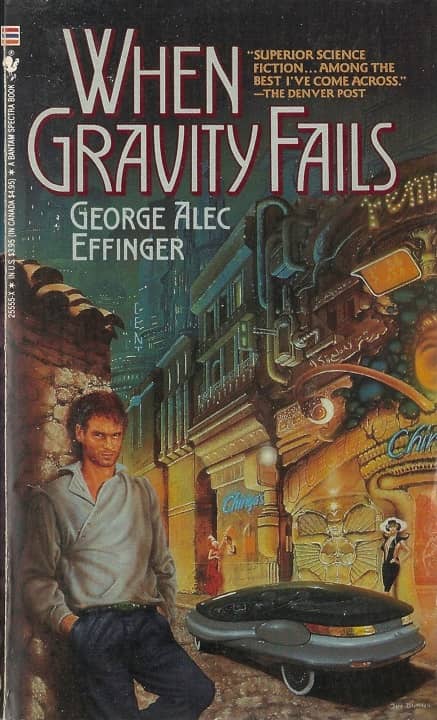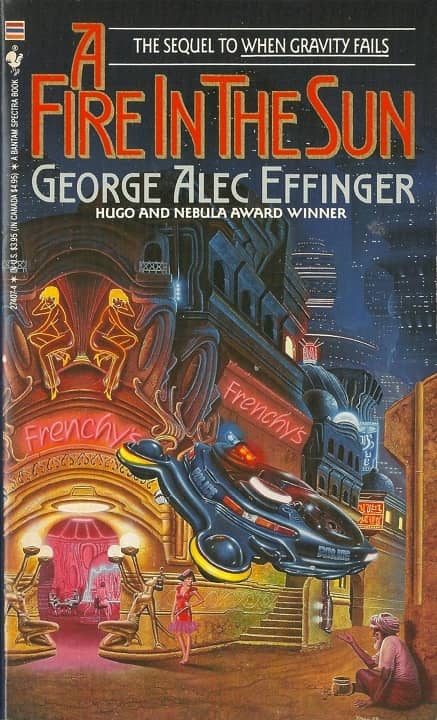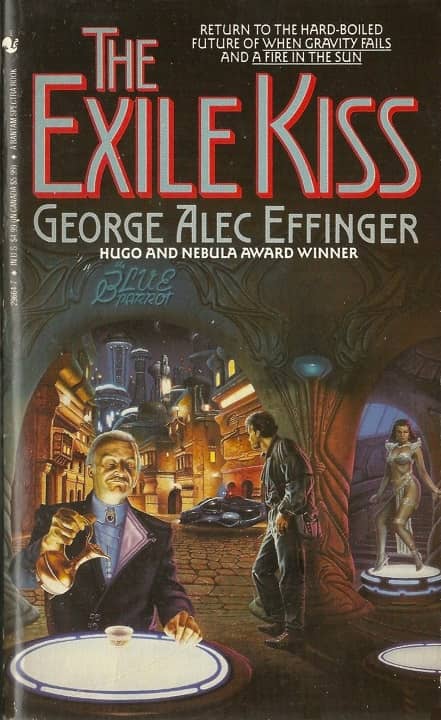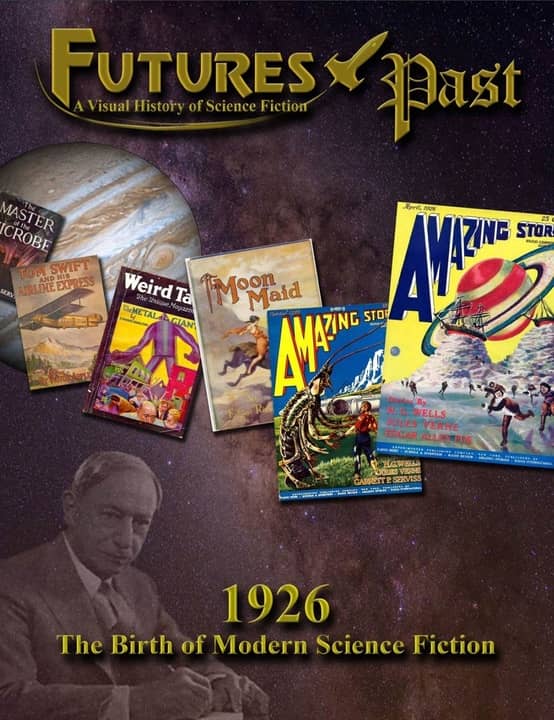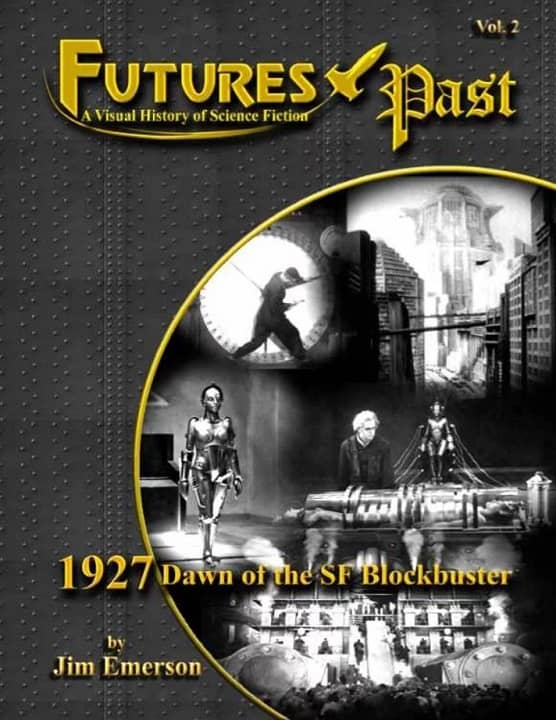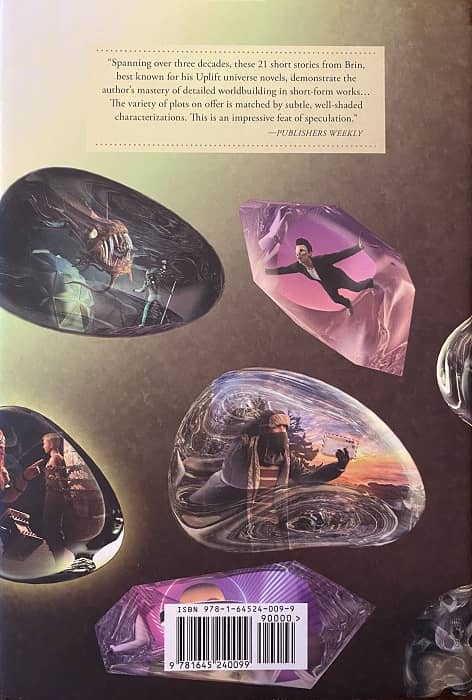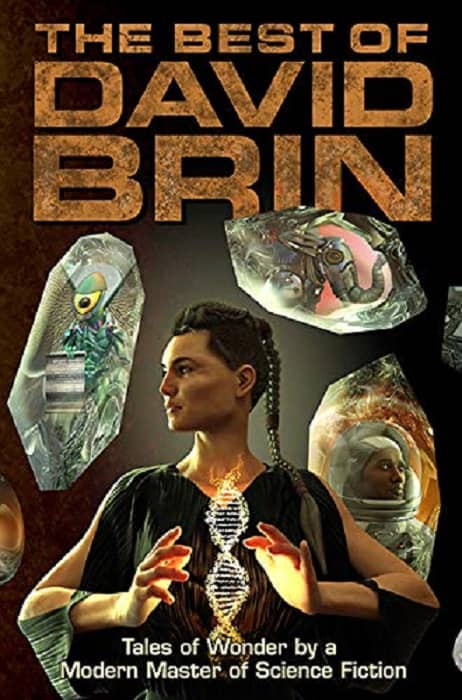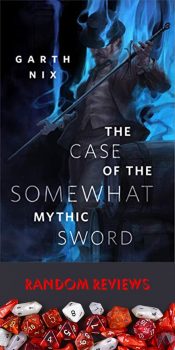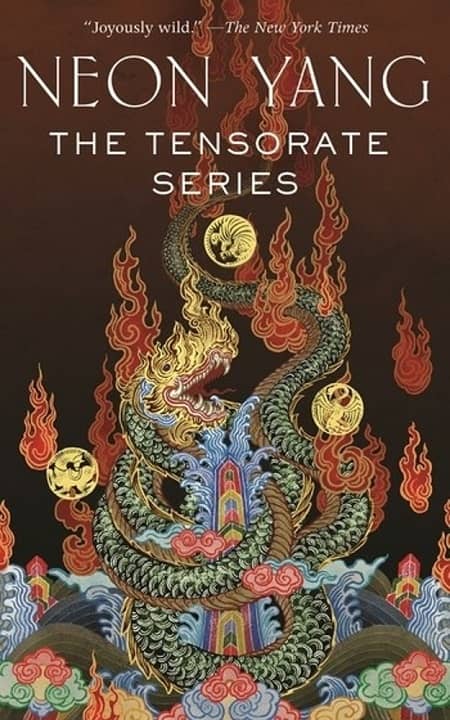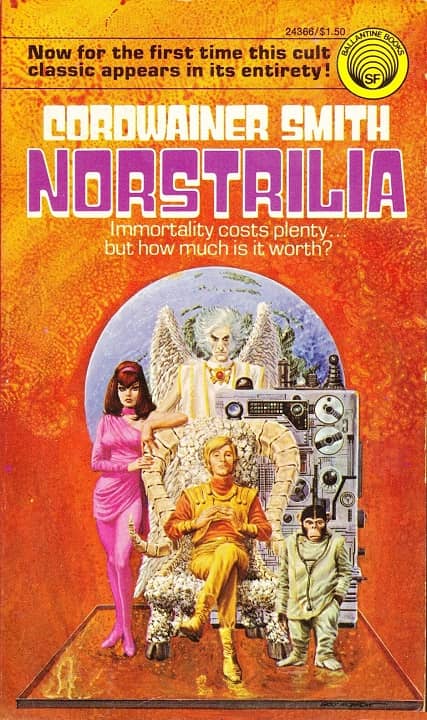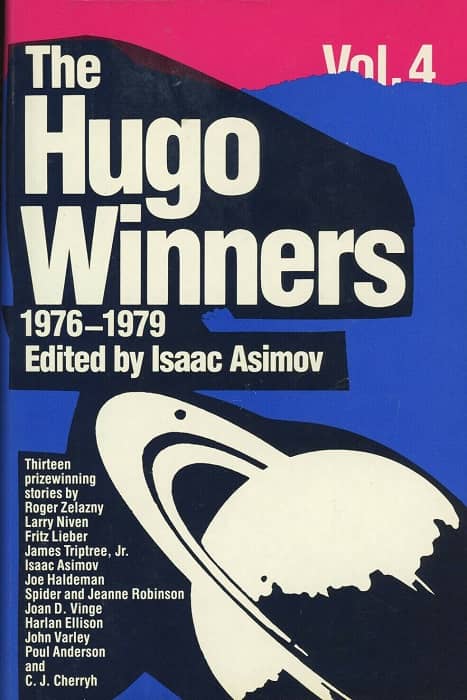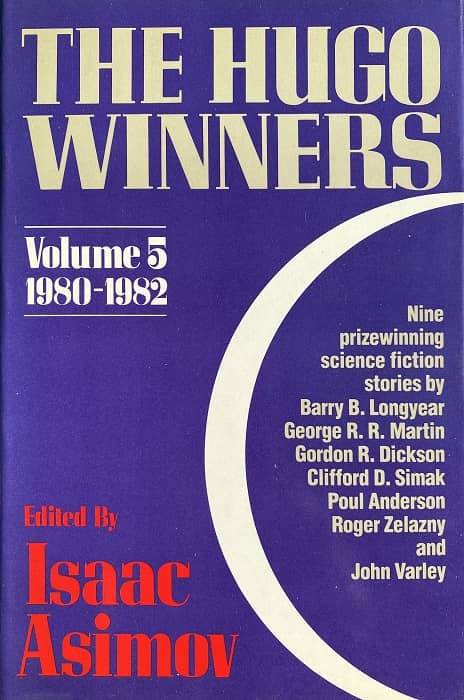Exploring the Darkness That Surrounds Us: Lies of Tenderness by Stephen Volk
Lies of Tenderness (PS Publishing, May 2022). Cover by Pedro Marques
Lies of Tenderness
Stephen Volk
PS Publishing (482 pages, £25.00 in hardcover, May 1, 2022)
Cover art by Pedro Marques
Horror fiction comes in many shades. There’s graphic horror; splatterpunk (or whatever it’s called nowadays) full of gore, blood and other amenities; and there is a type of quiet horror, of higher literary quality, exploring with a more elegant touch the darkness that surrounds us.
Charles L. Grant, Robert Aickman, and more recently Reggie Oliver and Steve Duffy are just a few examples of that latter sub-genre. And Stephen Volk. Author of a couple of collections, playwright and TV author, Volk returns with a new collection featuring seventeen pieces, both stories and novellas, some previously unpublished, some reprinted from anthologies or magazines.
The atmospheres here are dark and sinister, but the narrative style is consistently elegant, sensitive and totally captivating, so much so than even readers exclusively devoted to mainstream fiction would fully enjoy Lies of Tenderness.

